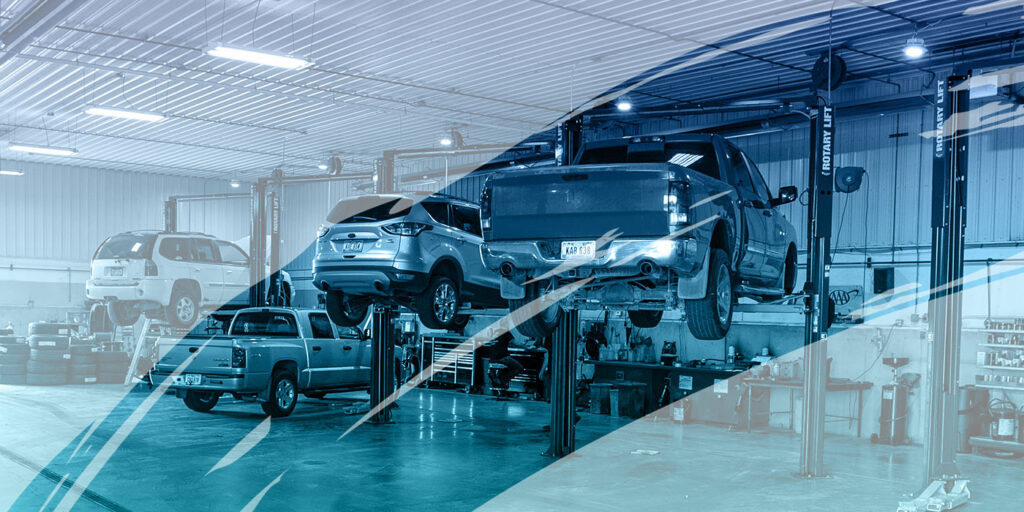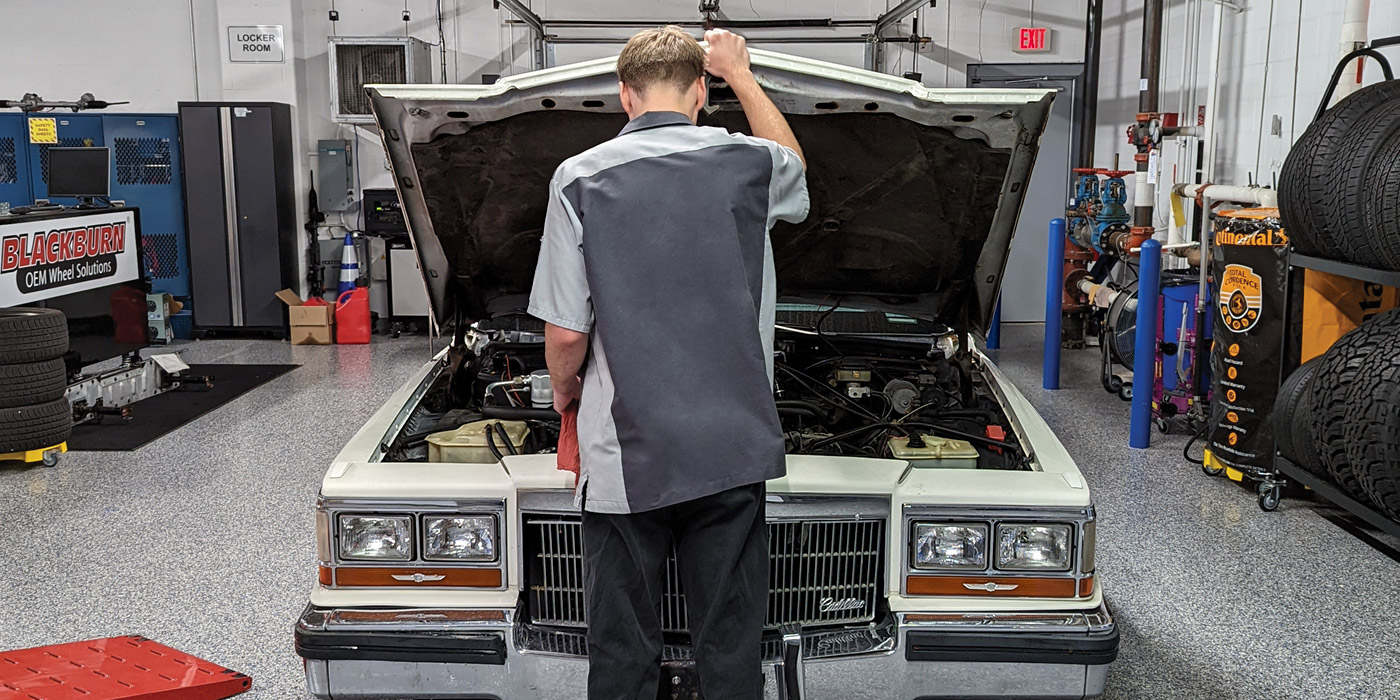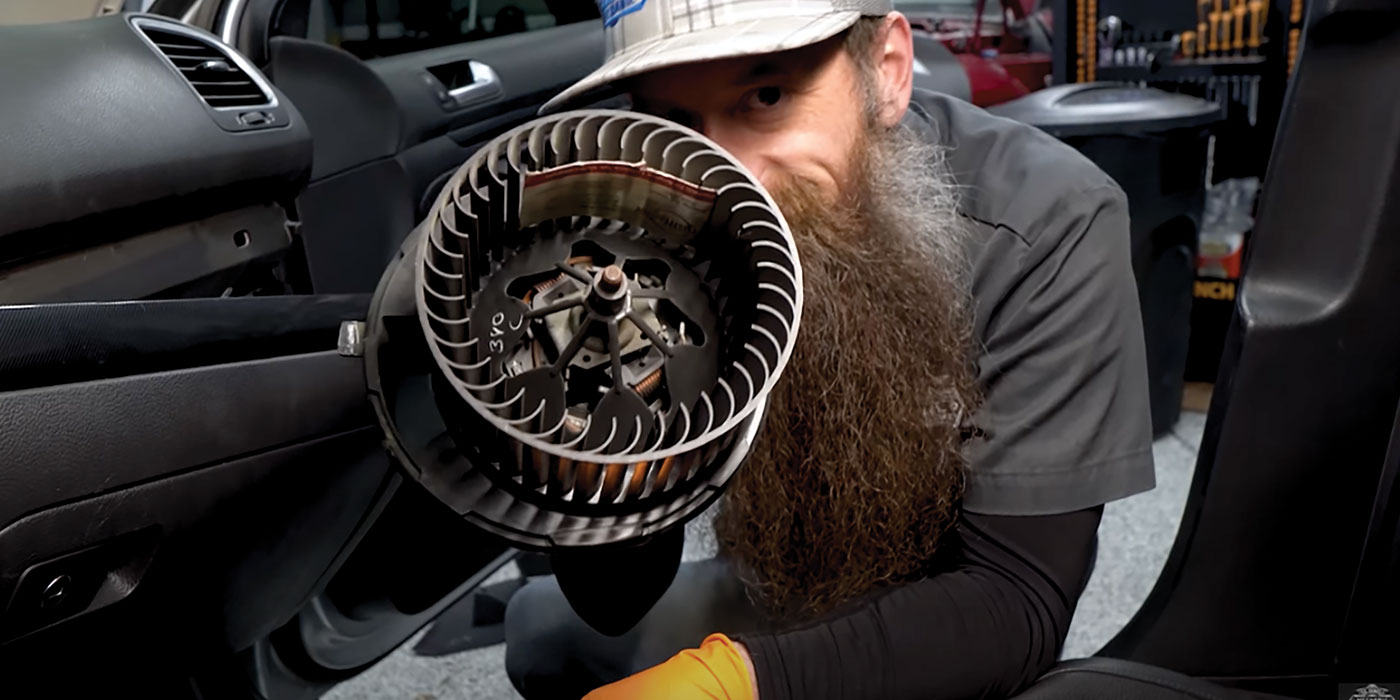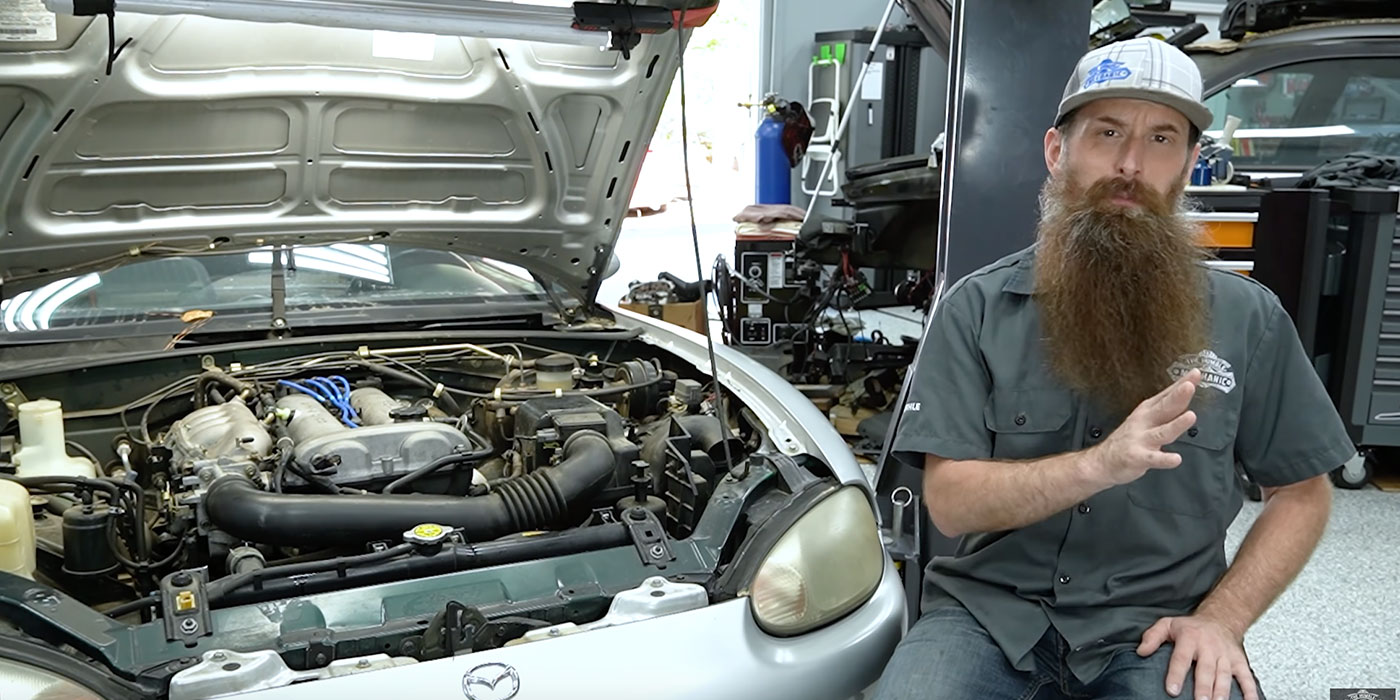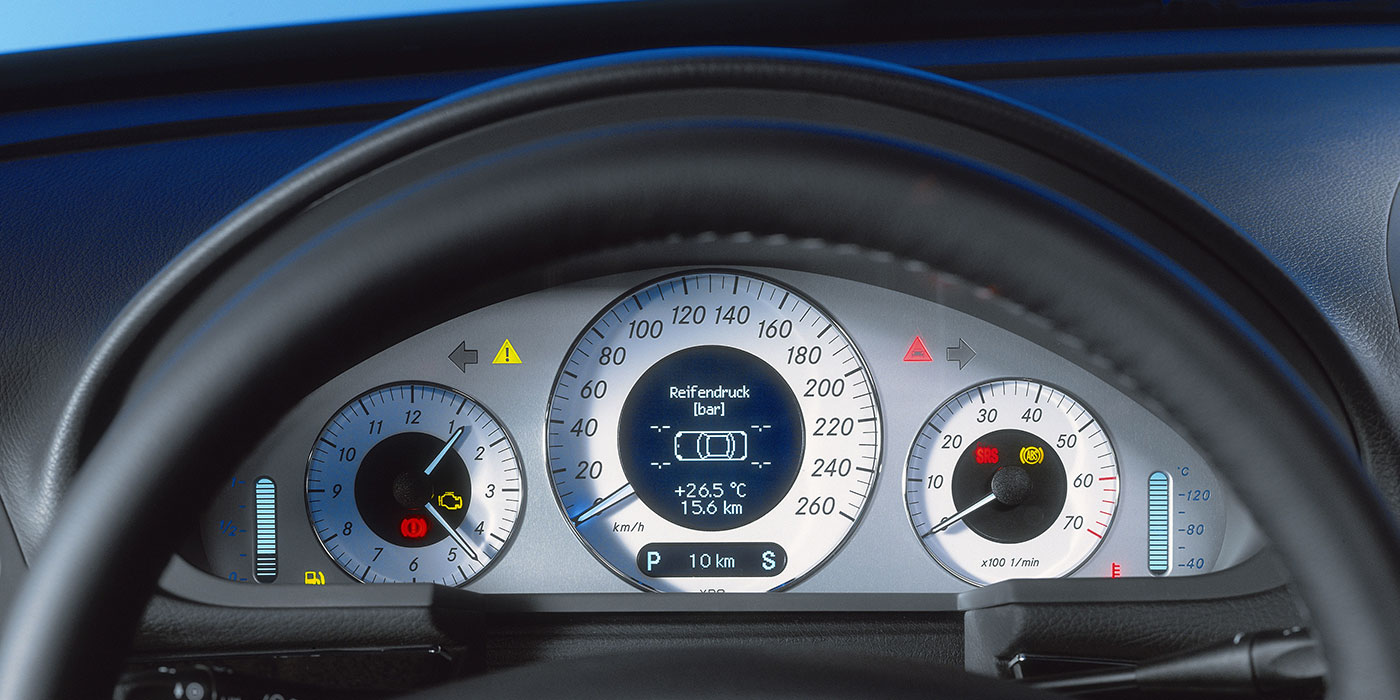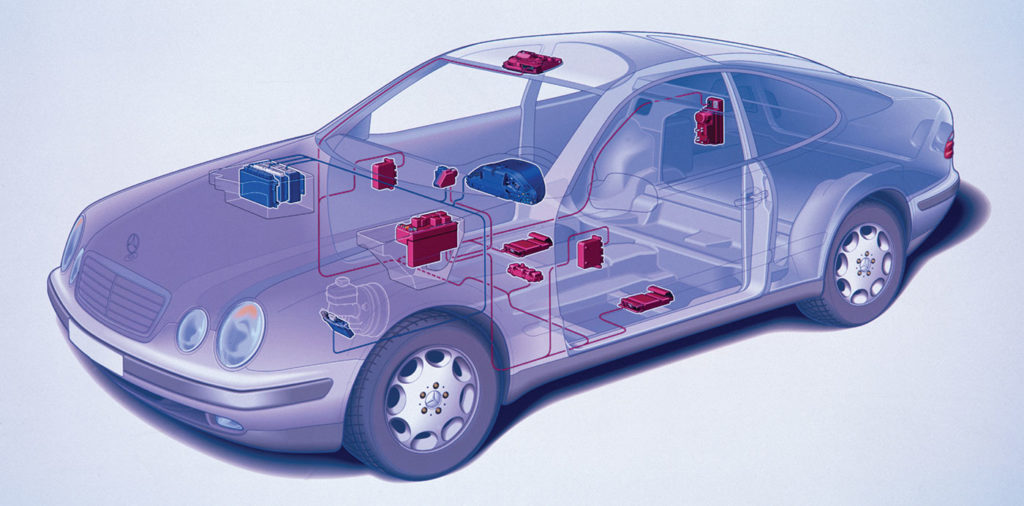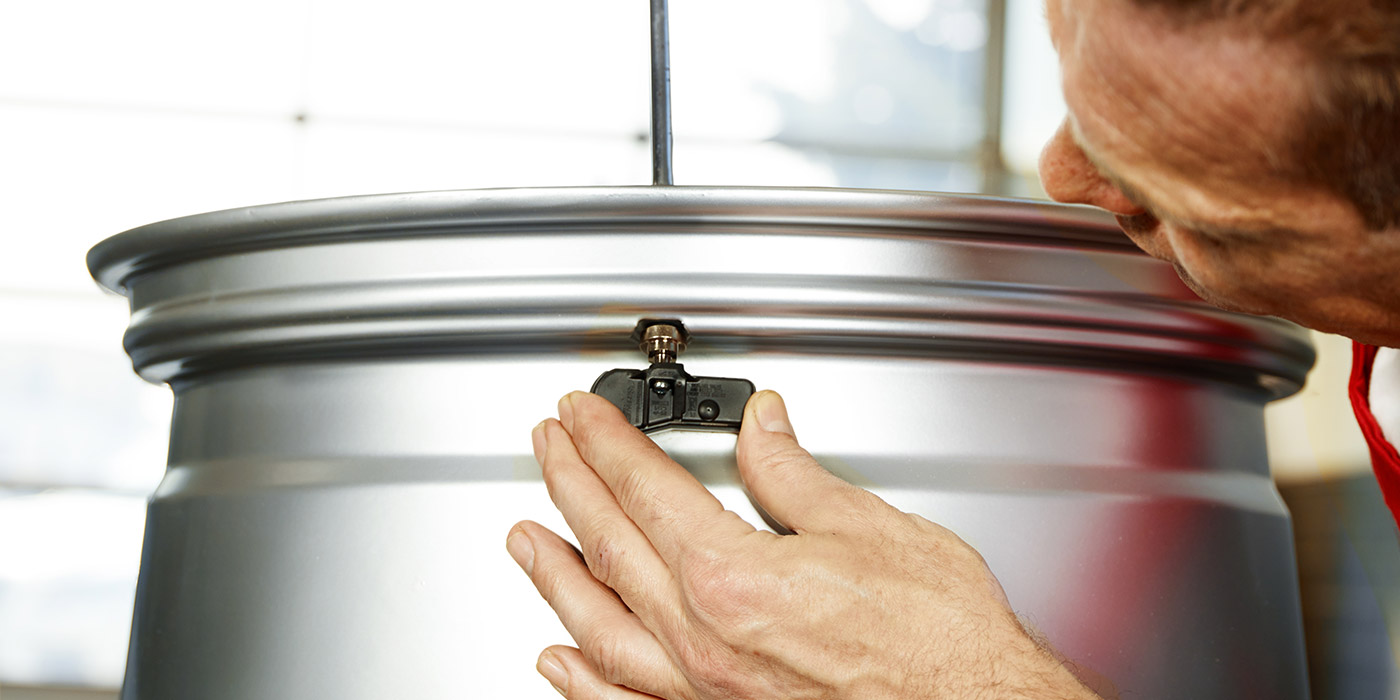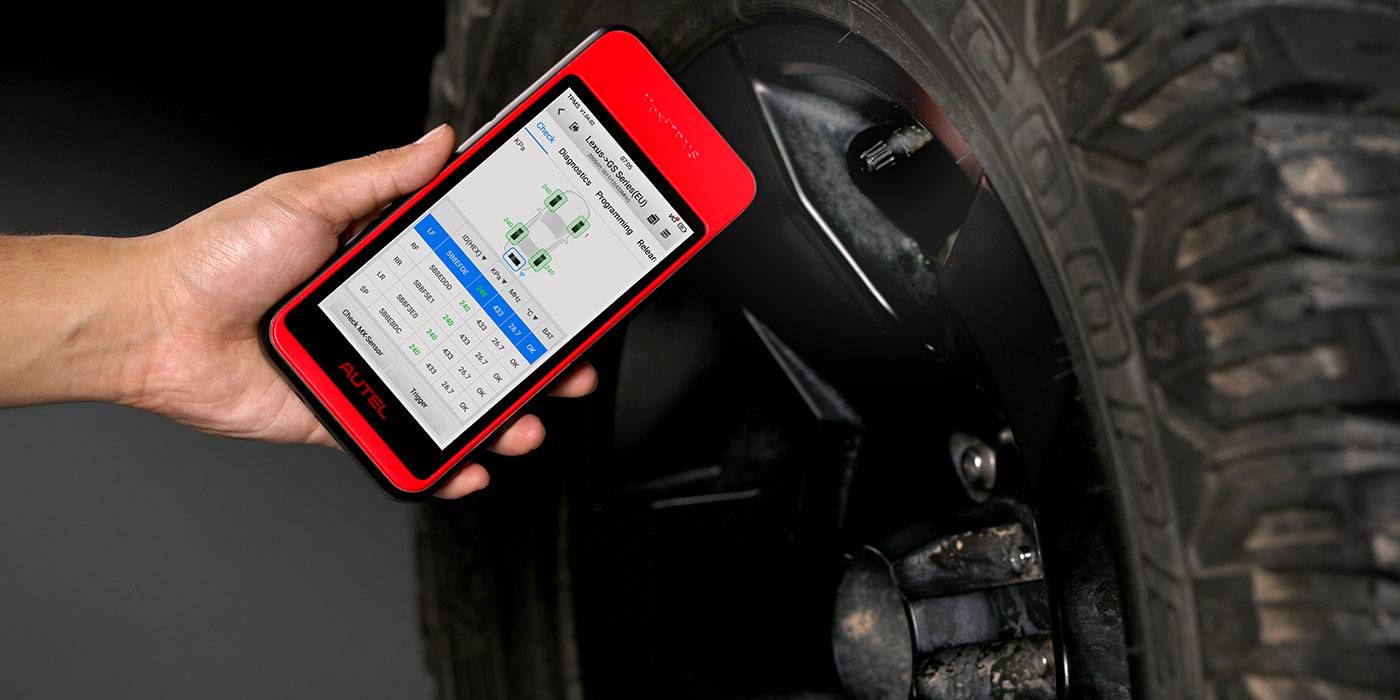In today’s world, clean has taken on a whole new meaning. In addition to the absence of dirt or grime, it now also means safe, disinfected, no germs. Like it or not, this is the way things are, and the days of a dirty, greasy automotive repair shop are numbered. Adding to it, the expectation of cleanliness goes beyond the customers walking through the front door; it’s a cultural shift, part fueled by the anxiety surrounding the COVID pandemic, and part fueled by the “green” movement – taking care of our planet.
We’re faced with all generations – from the old who got us where we are to the young who are the future of the workforce and future of the industry – expecting a clean, safe work environment. If they haven’t already, automotive repair shops will have to step it up from all sides – in the shop, in the waiting room, inside and out.
This doesn’t mean if you’re a shop owner or shop manager that you are solely responsible for this effort.
Employees need to pull their weight keeping the shop clean, but the expectation of cleanliness comes down from the top. Naturally there’s a cost to it and that’s just part of business today. Having the proper cleaning and disinfecting supplies in a shop, and the organizational prowess to enforce it, is the only way to meet the expectation.
This all might just be my opinion, so to see where things stand in the field, I visited some local shops in the area to get a feel for the overall cleanliness culture, and here are some of the common trends that may indicate what is on the horizon for a clean, green automotive repair shop.
The Waiting Room
Hand disinfectant, the pump-dispensed kind of gel, is now a staple resident on almost every front counter. Disinfectant wipes are available for customers in some of the waiting rooms, and from the feedback we got, they are being utilized, meaning it gives customers an additional sense of safety. The clean pen/dirty pen practice is utilized by about half of the shops we visited, and according to them, nobody reaches for a pen out of the “dirty” cup.
Overall, there are more cleaning supplies on hand, along with the prerequisite supply of paper towels, to keep counters, tabletops and coffee areas looking clean and fresh. There’s also a greater emphasis on keeping trash emptied and floors clean, to keep up the overall image.
Then there are masks. As their need wanes, a box of masks available for customer use may last for a long time. There is, however, a great way to repurpose them. They’re great for technicians when there’s a particularly dusty job like cleaning corrosion off a wheel during a tire change or cleaning corrosion from an aluminum steering knuckle during wheel bearing replacement. Grab one of the masks – it can really save your lungs.
Here’s a frustration with a lot of shops: greasy fingerprints. They’re hard to avoid. Even when a technician has cleaned their hands, it’s hard to remove 100% of all grease and eventually it ends up on doors or walls, often proving difficult to remove, even with degreaser. As crazy as it might sound, here’s a tip from a shop that likes to keep its waiting room spotless: a Magic Eraser. It’s amazing what those little white bars will actually remove, making you wonder if they will eventually cause cancer, but that’s not the case. They’re actually made of melamine – a white crystal organic base that turns them into a slight abrasive whose porous foam sucks the dirt right in. You could consider them a sandpaper sponge!
Out in the Shop
The traditional cloth shop rag, generally supplied and cleaned by the same company that provides uniforms, is still the most common cleaning medium, for many reasons. One, they are simply the most cost-effective solution. Two, they work the best when compared to paper variants of shop towels. And three, they are better for the environment than disposable shop towels.
The reusable shop rag service requires far less packaging and creates far less solid waste. The manufacture of new rags of any type requires more resources, uses more energy and creates more pollution than the laundering process of reusable rags. Disposable rags, both cloth and paper, are convenient to have for certain jobs, and some shops keep them on hand for this reason, but the reusable shop rag is still the number one choice, for the environment and for your wallet.
The Hand Cleaner Hardship
How could hand cleaner cause a problem? It’s a common topic – don’t use too much! There are many hand cleaners that work great, and they all have one thing in common, it only takes a little bit to clean your hands. It’s true. Most of them only require a very small amount to do the job, even with heavily soiled hands. But the problem is that it takes time. Technicians are always in a time crunch. Unfortunately, that’s how the system works.
If you’re going to follow the directions for efficient use of hand cleaner, you also have to spend time working it in and scrubbing, scrubbing, scrubbing. While this may only take a few minutes, it can seem like an eternity to a technician. So how do we speed it up? We use more. It saves time, but a lot of cleaner goes down the drain.
There’s no consistent formula for how shops are conserving their soap, but there are some common practices that are increasing in popularity. Some shops are supplying different types of cleaners. This is popular with technicians because some like more abrasive cleaners, such as ones that contain pumice, while others prefer without. Waterless cleaners are popular for some, and then you’ve got the most serious dilemma: orange vs. cherry.
It’s hard to say what causes each person to like one cleaner over another, but it’s a similar reason that we all use slightly different tools. It’s just what works for us, and if you’re using a cleaner that you feel is more effective, you’re most likely going to use it sparingly.
Pre-moistened multi-purpose shop towels or “wipes” are generally perceived as being a costly option, but often provided as an additional method for cleaning. Most technicians like the rough style, stating that they work very well and, while they use them sparingly due to cost, they like them as a mid-job clean-up for particularly grimy jobs. In addition, after using one on their hands, they still offer a good initial wipe-down on their heavily soiled tools, ultimately cutting down on the use of the reusable shop rags.
Exorbitant Absorbent
Try saying that three times fast. Spills are going to happen, and floors get dirty. You can’t avoid it. But there is a trend leaning toward prevention. Not from the standpoint of no spills, rather in shops that are better equipped with a variety of drain pans, tubs or catch basins to work well in a variety of situations. The goal is to prevent as much as possible getting on the floor, but when it does, clean-up comes in the way of an even variety of products.
The most common for larger liquid spills and seepage around equipment is the well-known absorbent mat, generally bearing the name of the one and only bacon provider. Floor cleaners vary between liquid and powder; everyone has their preference, and many still rely on the age-old Oil-Dri. Actually, this is one category that receives good marks from a cost standpoint and the supplies are generally used in an efficient manner. I just wanted to have fun with the heading.
Haste Makes Waste
Waste and oil removal hasn’t changed much over the years, though the recycling bug has hit a few – primarily in the area of cardboard. The shops that heat with waste oil treat it and store it like gold; the rest (and the majority) employ a reputable used-oil collection service. The science of re-refining oil has become so advanced that it is turning almost all the used oil into automotive-grade and industrial products. You never know, the oil you drain out today could be the oil you put back in tomorrow.
A Part-Time Job
Parts cleaners are mandatory equipment. That will never change, but they are comparatively silent. We used to rebuild everything, and most of it in house. We repacked wheel bearings, cleaned engine components and rebuilt suspensions. Now so many components are disposable or only available as a complete unit, that we simply don’t need the parts washer as much. You used to have to wait in line for the parts washer. Now, it’s always available.
Tired of This Article?
You’re in luck. We’re almost done. Tire disposal? We don’t have any choice but to pay a tire recycler to come and get them. How often varies from shop to shop, and if you have the option to store them inside, that’s the best.
Most shops don’t have the space for inside storage, so stacking them outside is the only option. The laws about storing tires outside are becoming stricter and stricter, since they create un-natural yet very effective habitats for rodents and mosquitoes, but having a defined area to keep them and having them picked up on a regular basis has kept the shops we visited problem-free.
The Final Wipe Down
Overall, shops are exhibiting a genuine effort to keep things clean, and it’s more than superficial. Shop owners and employees alike are taking a larger part in the “clean” culture, whether it be for health or for the planet, it’s becoming a prevailing attitude.
The effort to keep customer vehicles clean is also a driving factor behind all of it, and many shops are taking the time to wipe down steering wheels, door handles and interior components, both before and after the job.
It may take a change in routine, and a little more planning, but keeping a clean shop is an expectation, part of modern-day culture. It’s a good move for the industry and good for your business. TS

